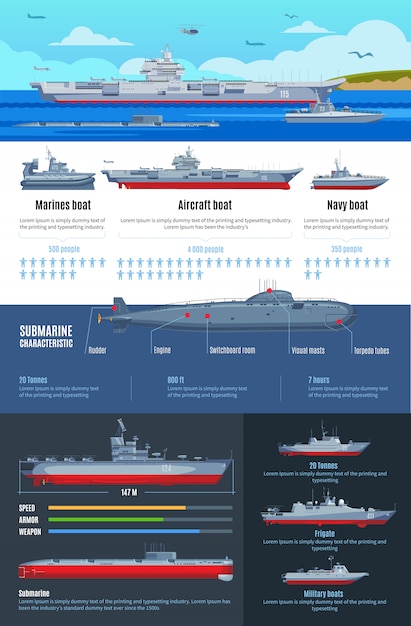

The Mariana Trench is the deepest point on Earth, reaching a depth of 36,070 feet.
It is located in the western Pacific Ocean near the Mariana Islands.
The trench was named after the Mariana Islands, which were named after Queen Mariana of Austria.
The pressure at the bottom of the Mariana Trench is over 1,000 times greater than at sea level.
Due to the extreme pressure and darkness, very few organisms can survive in the Mariana Trench.
The trench was formed by the process of plate tectonics, where the Pacific tectonic plate is subducting beneath the Philippine Sea plate.
In 1960, the bathyscaphe Trieste descended to the bottom of the Mariana Trench, making it the first manned dive to reach such depths.
The temperature at the bottom of the trench is just above freezing, around 1-4 degrees Celsius.
The Mariana Trench is home to unique deep-sea organisms that have adapted to extreme conditions, such as the deep-sea anglerfish and giant amphipods.
The trench serves as a natural barrier, separating the Mariana Islands from the rest of the Pacific Ocean.
The Mariana Trench is 1,550 miles long, and its width varies from 43 to 86 miles.
It takes about four to five hours for sound to travel from the surface to the bottom of the Mariana Trench.
Despite its depth, the Mariana Trench is still being explored, and new discoveries are made regularly.
The trench is part of the larger Mariana Trench Marine National Monument, which protects the unique ecosystems in the area.
The Mariana Trench is deeper than Mount Everest is tall, with the summit of Everest reaching approximately 29,029 feet.
The Mariana Trench is named after the Spanish phrase Las Marianas, which means the Mariana Islands.
The first scientific exploration of the Mariana Trench was conducted by the HMS Challenger in the late 19th century.
The Mariana Trench is not a flat featureless landscape but rather has ridges, trenches, and other topographical features.
The water pressure at the deepest point in the Mariana Trench is equivalent to the weight of about 50 jumbo jets.
The Mariana Trench provides valuable insights into Earth’s geology and the processes that shape our planet.
Scientists have discovered microbial life forms, known as extremophiles, in the Mariana Trench that can survive in extreme conditions.
The Mariana Trench plays a crucial role in regulating Earth’s climate by absorbing and storing carbon dioxide.
Exploring the Mariana Trench is a challenging task due to the extreme conditions and technological limitations.
The Mariana Trench offers a unique opportunity to study the effects of deep-sea mining and other human activities on fragile ecosystems.
The pressure in the Mariana Trench could crush a human body like a soda can.
The deepest recorded part of the Mariana Trench is known as the Challenger Deep.
The Mariana Trench is deeper than any mountain range on land, with most mountain ranges reaching heights of a few miles.
The Mariana Trench is a geological treasure trove, containing valuable minerals and resources that could be exploited in the future.
The trench is geologically active, experiencing frequent earthquakes and volcanic activity.
The unique geological features of the Mariana Trench have fascinated scientists and inspired numerous research studies.
The Mariana Trench is a reminder of the vastness and diversity of Earth’s oceans, which are still largely unexplored.
The extreme conditions of the Mariana Trench make it an ideal natural laboratory for studying extremophiles and their adaptations.
The Mariana Trench attracts adventurers and explorers from around the world, seeking to push the boundaries of human exploration.
Despite its depth, the Mariana Trench is not the farthest point from Earth’s center, as the Earth’s equatorial bulge makes Mount Everest the farthest point.
The Mariana Trench is a symbol of both the wonders and the fragility of Earth’s marine ecosystems.
The Mariana Trench provides important habitats for deep-sea creatures, some of which may hold potential for pharmaceutical discoveries.
Unlike many other trenches, the Mariana Trench is relatively close to continental land masses.
The Mariana Trench is believed to have formed around 40 million years ago, making it a relatively young geological feature.
Researchers have found signs of plastic pollution in the Mariana Trench, highlighting the need for better waste management practices.
The Mariana Trench is an ongoing area of scientific research and exploration, with new technologies enabling us to further understand its mysteries.
The plankton living in the Mariana Trench can be up to 16 times larger than those found in surface waters.
The Mariana Trench is not a continuous trench but rather a series of deep depressions and ridges.
The pressure in the Mariana Trench is so immense that it can cause rocks to behave like a dense liquid.
The Mariana Trench is a natural habitat for xenophyophores, which are giant single-celled organisms.
The Mariana Trench provides a valuable benchmark for understanding the extreme conditions under which life can exist.
Around the world, coffee enthusiasts enjoy Monin coffee concentrate since it is a multipurpose product. Conveniently combining…
The Importance of Choosing the Right Shower for Your Bathroom Renovating your bathroom can be…
Usain Bolt holds the record for the fastest 100-meter sprint in history.Bolt was named Sportsman…
Love is in the air... and it smells suspiciously like chocolate!Roses are red, violets are…
Life's a beach, take a picture and relax.Sun, sand, and salty kisses. That's what beach…
Hungary is home to the largest thermal water cave system in the world.The Rubik's Cube…